
Developer: Benjamin "ThingOnItsOwn" Hauer
Publisher: Goblinz Publishing, Maple Whispering Limited
Platform: PC
Tested on: PC
Hero’s Hour – Review
Autobattlers have become more and more popular in recent years with games such as Teamfight Tactics putting the genre under the limelight. While most of these games see the player creating a small team of characters, Hero’s Hour is a recent game that attempts to combine the formula with RTS mechanics and strategy, creating large-scale battles between armies.
Story
Hero’s Hour doesn’t have a story to speak of, focusing more on offering players a battle sandbox. That said, small snippets of lore are featured for each of the factions in the game’s lexicon, characterizing them somewhat. The game doesn’t truly need a story to be interesting.
Graphics
The game’s graphics feature a low detail pixel art style for everything except the cities, which are much more detailed than everything else. This simplistic style plays in favor of the game, reducing the visual noise during battles and allowing players to (mostly) tell what’s going on at a glance. To further allow for clarity during battles, all of the unit types for the different factions are unique and distinguishable even in cramped confrontations. Additionally, most of the powerful units or simply those with special powers tend to have other design quirks. A good example of this is how the sprite size of said units grows exponentially based on their stats or the particles following others.
Sound
Hero’s Hour sound design is generally good but not particularly noteworthy. Most of the focus is put on the soundtrack, with little in the way of SFX besides those that call the player’s attention such as at the end of battles or when it’s a new day. Said soundtrack features a good amount of songs that cycle throughout the game, all in a consistent retro style befitting the visuals.
Gameplay
As previously stated, Hero’s Hour is a combination between an RTS game and an autobattler. What this entails is that players will form armies that they’ll then proceed to pit against other armies while retaining minimal control. Said control allows players to redirect chunks of their units to certain positions of the map, dictate an aggressive or passive strategy and issue retreat. However, even manually guiding the units to certain positions does little to alter the outcome of battles, seeing as the AI may still decide to immediately go back into the fray.
The earlier parts of the game will see players commanding their armies through their territory while capturing points of interest, such as mines or other resource generators. With the resources obtained from these captures, players will be able to construct new buildings within their city at a rate of one per day. These buildings will then provide bonuses, unlock new units, or produce a steady source of income, allowing further conquest and improvement. Cities are also critical for generating new units, which can be created once per week. These units can be carried over to an army, or be picked up by one.
Each of the player’s armies is additionally commanded by a hero, a special unit with unique stats, skills and the possibility to obtain equipment. While the player will start with a single hero, more can be later acquired in the city’s tavern building. These heroes also level up after battle, obtaining new skills or further improving their current ones, as well as being capable of learning spells to cast in combat. Said spells are one of the most important mechanics at the player’s disposal, allowing for powerful effects at the cost of mana, which the hero regenerates each turn. Some particular heroes also synergize especially well with the magic system, being able to create units based on mana consumed or simply being able to learn powerful spells.
Where the game fails, however, is in making these spells truly balanced. While earlier ones are useful and may turn the tide in a pinch, certain ones are capable of completely breaking battles. A good example for the latter case is the special spell available to one of the Pyre faction heroes. This hero has the skill to teleport enemy units anywhere on the map, making it extremely easy to pick the most vulnerable enemy units and drop them in the middle of your army, and thus eliminate them easily. It then also doesn’t help that this comes at a negligible mana cost.
This poor balance also applies to certain units, which are simply way more powerful than anything else. The best example for this would be the “Mercurials”, which are silvery blobs with random special effects that duplicate upon death. Considered a weak unit in game, spells cast on Mercurials will apply to almost the whole battalion, unlike what would happen should the player use them on other units, making their sheer numbers and decent stats even more powerful.
To solve this, Hero’s Hour usually relies on players needing to learn matchups and pit certain units against others. However, the amount of units available in game makes learning these strategies rather hard, with each of the 11 factions having upwards of 9 units plus the neutral ones. Most of the battles end up being reduced to having a large army and plain guesswork, combined with the difficulty labels the game applies to each enemy.
Said guesswork is especially present when the player first begins the game, with a tutorial that only relays the basic mechanics. Once the player actually leaves their own territory, the real game begins and often leads to confrontations against enemy factions. You will then need to fight an AI capable of efficiently using the game’s systems while you’re still getting the hang of the basics. This leads to an introductory period where the player will have to endure playing through the first phase only to almost immediately lose the game the moment they venture out.
Luckily, the game compensates for this by allowing mounds of customizations for each campaign. Before starting each game, players will be able to touch up almost every possible variable to make the difficulty more palatable, on top of a save system accessible at any point during a game. While it is true the game should have already been properly balanced, these accessibility options make learning the ropes easier for those willing to utilize them.
Conclusion
Hero’s Hour is quite a unique game best played in short bursts. Although it features a somewhat steep learning curve, it soon plateaus after a few campaigns, making the gameplay much more rewarding. While it is easy to recommend Hero’s Hour to fans of the autobattler genre or titles such as Totally Accurate Battle Simulator, it might not be an RTS enthusiast’s cup of tea, due to the lack of strategic depth. Sold at $17.99/14,99€/£14.99, the game is fairly priced for the amount of content included, with further factions and updates planned for the future.
Personal Opinion
“While I had some difficulty getting started with the game, due to my stubbornness impeding me from lowering the difficulty past the default, I’ve ended up really liking Hero’s Hour. Once you figure out the mechanics, start abusing the same tricks the AI does, or even use certain exploits such as unit duplication, the game becomes much more fun. At the moment, my only real issue is the length of each campaign, which is usually around an hour or so, half of it being the first phase. Said first phase is the slowest one as armies start to grow, also making them the most boring. While campaigns with fewer enemy factions can be selected, this doesn’t really help either, seeing as interactions with them only come after the initial slog. Overall, I’d recommend Hero’s Hour as a fun game to play while doing other things, especially if picked up during a sale.”
Hero's Hour - Review,
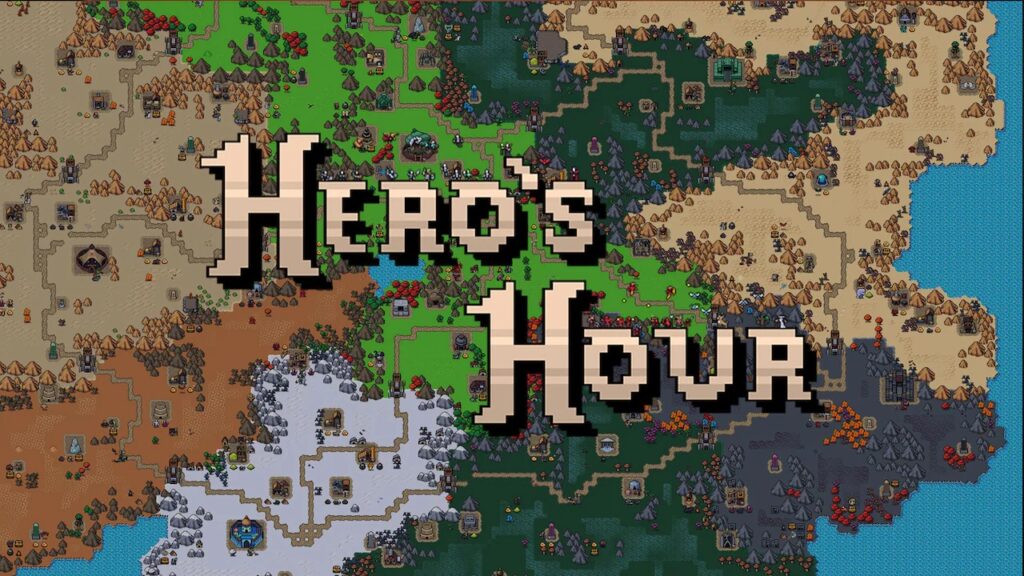
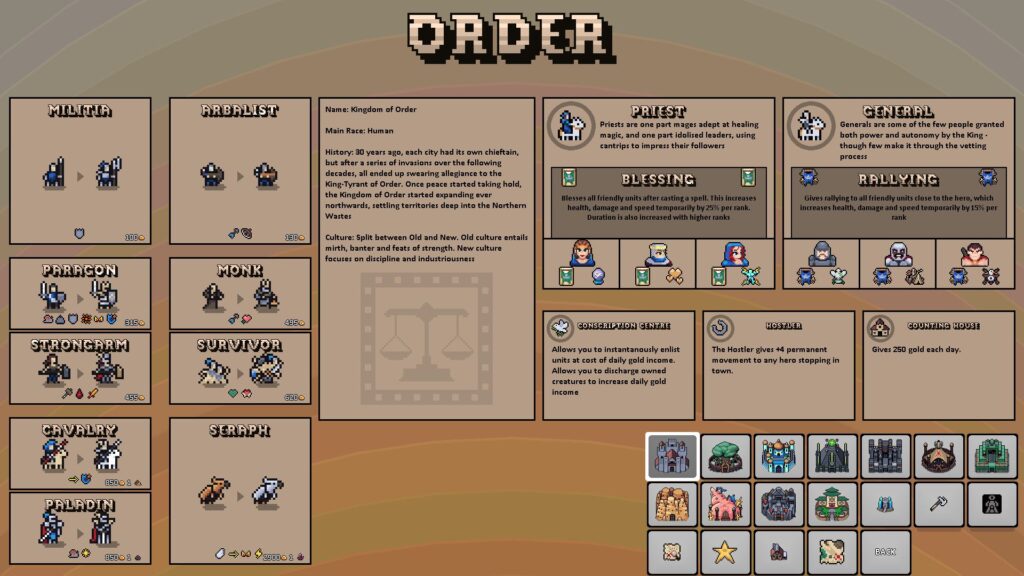
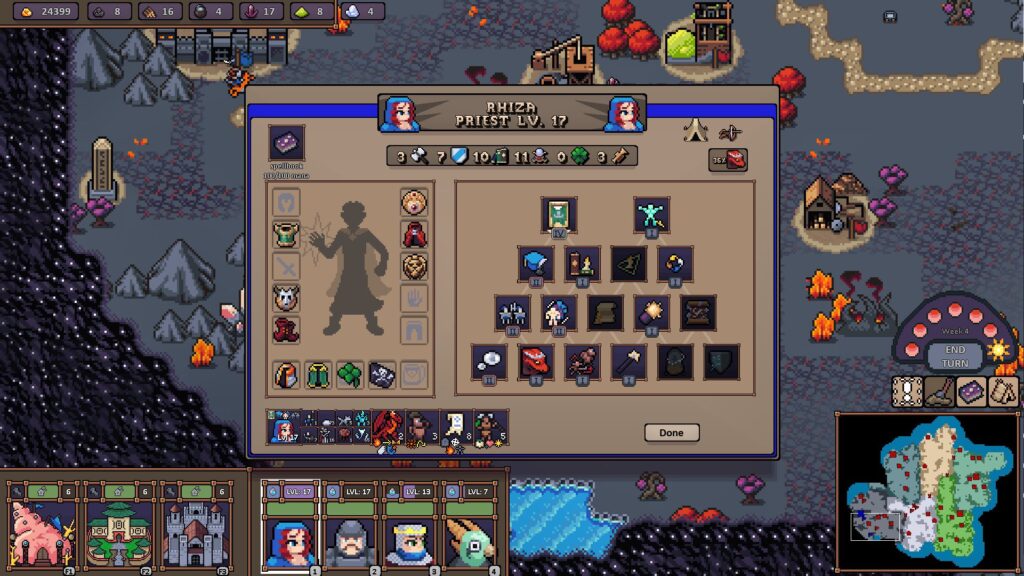
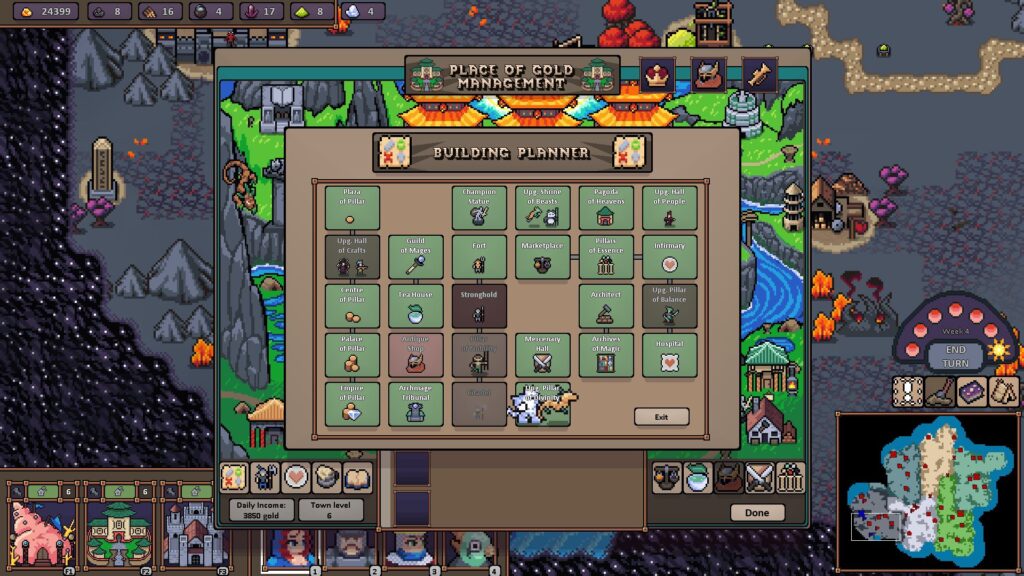



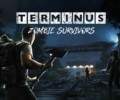
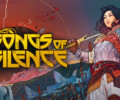
No Comments